Information of Gypsum Boards
Important Point
There are various new innovative materials are available in the market which enhances the beauty and the functionality of the building.
The Gypsum boards, often referred to as gibson board or jipson board, are one of the popular building materials which mainly consist of the non-combustible core which is made from gypsum. The Gypsum boards are a widely used building material in the interior designing of the structure.
The Gypsum has various properties due to which there are various gypsum products are used in the construction industry. The Gypsum has various applications in construction such as plastering work, it is also used in the manufacturing of cement to control setting time.
In this article, we are going to discuss the Gypsum boards, the properties of the gypsum boards, and their applications in the construction industry as well as their advantages and disadvantages.
What is Gypsum Board?
The Gypsum boards are mainly used as a surface material for the construction of ceilings and walls. Gypsum boards are widely used in the construction of the drywall where the plaster gets eliminated. A Gypsum is a soft material that comprises calcium sulfate dihydrate which is used in the plaster of Paris and wallboards.
The Gypsum boards are designed in such a way that they can be used without plastering of the walls and ceilings and provide a smooth finish to the surface. Gypsum boards are also known as wallboard, plasterboard, or Drywall. All Types of the Gypsum products which are available in the market consist of Gypsum as a core material and its surface is wrapped with other materials such as fiberglass.
The Gypsum panels with different edges are available in the market such as rounded edge, tapered edge, beveled edge, square edge, tongue, and groove edge.
Also, read: Tension Vs Compression | What Is Tension & Compression
Useful Article for You
- What Is a Contour Interval
- What Is Tile
- What Is the Difference Between a Shower Pan and a Shower Base?
- What Is a Window Panel
- Type of Arch
- What Is a Frame Structure
- What Is the Measurement for a Queen Size Bed
- What Is Considered Livable Space
- What Is One Way You Can Save Electricity?
- What Is Mdf Mean
- What Is a Bundle of Shingles
- What Is a Gallon of Water Weigh
- What Is SuperelevationWhat Is Overhang
- What Is Sand Blasting
- What Is a Span Bridge
- What Is the Little Black Diamond on a Tape Measure
- What Is a Louvered Door
- What Is a Spread Footing
- What Is Leveling
- Different Types of Beam
- What Is Pedestal
- What Is Plumbing Fixtures
- What Is Slab Construction
- What Is Calacatta Quartz
- What Is Auxiliary View
- Sheepsfoot Roller
- Live Load Vs Dead Load
- Truss Bridge Advantages and Disadvantages
- What Is 1 Flight of Stairs
- What Is Refractory Cement
- What Is Luminous Flux Vs Lumens
- What Is a Frost Wall
- What Is an Undercoat
- What Is Road Pavement
- Arch Foundation
- What Is a Stair Landing
- What Is Stone Masonry
- What Is a Spandrel Beam
- What Is Pier and Beam Foundation
- What Is Levelling
- What Is a Pile Cap
- What Is a Mat Foundation
- What Is a Floating Slab
- What Is the Purpose of Foundation
- What Is Modulus of Rupture
- What Is a Flush Door
- What Is Residential Construction
- What Is the Best Foundation for a House
- What Is Oblique Drawing
- What Is a Benchmark in Surveying
- What Is a Engineering Drawing
- What Is an Admixture
- What Is a Monolithic Slab Foundation
- What Is the Standard Size Water Supply Line
- What Is the Difference Between Tension and Compression?
- What Is a Tremie
- What Is Tributary Area
- What Is Shoring Construction
- What Is a Cason
- What Is Wall Putty
- What Is the Difference Between Mortar and Concrete
- What Is Bhk
- What Is Sbc of Soil
- What Is Plinth Level
- What Is Water Proofing
- What Is Mix Design of Concrete
- What Is Fine Aggregate
- What Is Retention Money
- What Is Design Mix
- What Is Isometric Scale
- What Is Development Length
- What Is Superelevation
- What Is Wall Made Of
- What Is Micro Piling
- What Is Soil Stack
- What Is a Half Wall Called
- What Is Flagstone
- What Is a Cinder Block
- What Is Plinth
- What Is Floors
- What Is Centering in Construction
- What Is the Cost of 1 Bag Cement
Properties of Gypsum Board as a Building Material
The Gypsum board material possesses various properties due to which it has a huge demand in the construction sector.
1. Gypsum Boards Have Good Thermal Properties
The gypsum also possesses good thermal properties due to which it provides a good balance between indoor humidity and temperature. The use of the plasterboards in the interior of the structures acts as a vapor barrier that prevents humidity in the indoor of the building.
2. Gypsum Boards Are Fire Resistant in Nature
Gypsum boards are fire resistant and they stop the fire to spread further which helps to protect the structure from any fire hazards. The gypsum has fire resistance property due to the presence of chemically bonded water which is present in the gypsum. Whenever the gypsum boards are exposed to fire, the water present inside the gypsum gets evaporated which creates a protective layer.
3. It Has Good Acoustic Properties
The Gypsum boards possess good soundproofing properties due to which the gypsum boards are best suitable to use in the construction of structures in the high traffic areas. The Gypsum plasterboards are specially designed for the reduction of noise and to avoid the effect of reverberation.
4. Gypsum Has Soundproofing Properties
Gypsum is an energy-efficient building material that is used to insulate the rooms and reduce energy consumption in your house. Because of its soundproofing properties, it is best suitable for the construction of houses in high-traffic areas.
Gypsum boards provide a uniform and smooth surface which is best suitable in the interior designing of residential as well as commercial buildings.
Also, read: Bolt Vs Screw | What Is Bolt | What Is Screws
Gypsum Board Uses in Construction Works
There are various applications of gypsum boards in the construction industry which are as follows
- Gypsum boards have many uses in the construction sector which are as follows
- Gypsum is also used with glass to fabricate various lightweight architectural decorations.
- Gypsum, a key component in gypsum sheet, is also used in the manufacturing of cement to control the setting time.
- Gypsum blocks are used in the construction of partition walls.
- Gypsum tiles are also used for the ceilings of the buildings.
- Gypsum fireboards are used for the partitions, lining, ceilings, roofs, and floors, etc.
Also, read: What Is Bar Bending Schedule | Preparation as Per Bs 4466 | Tolerances as Per Bs 4466
Types of Gypsum Board
There are various gypsum board types available in the market, including the following.
1. Fire Resistant Gypsum Boards
The Gypsum wallboard or boards have good resistance to fire, making them suitable for use in fire-prone areas. The gypsum products consist of water which is chemically combined in the gypsum due to which it can be exposed to fire.
The Fire-resistant gypsum boards are suitable in ceilings and drywall where a high level of fire protection is required.
2. Standard Gypsum Boards
These are the common and widely used gypsum boards for false ceilings. This type of gypsum board comes with ivory cardboard on its facing surface.
3. Moisture Resistant Gypsum Boards
The moisture-resistant gypsum boards, often referred to as gypsum partition, are used as a covering material in the interior of the walls. It has wide applications in Residential and commercial buildings where moisture protection is very essential. It is also used as a wall tile in the walls of bathrooms and areas which are subjected to moisture.
The moisture-resistant gypsum boards have various applications such as the base for the external soffits in a sheltered position.
4. Backing Gypsum Board
The backing gypsum consists of multiple layers in the construction work where several layers of the gypsum boards are used as a soundproofing material and provide strength and fire resistance to the walls.
The backing gypsum boards are used for the walls and ceilings and it is also used for the self-leveling screeds.
5. Impact-Resistant Gypsum Panels
The standard or simple type of gypsum panels does not have resistance to the impact loads which makes them less durable. The Impact resistant gypsum panels are the special type of panels that offer great resistance to the impact loads.
Useful Article for You
- Zero Force Members
- How Much Does a Yard of Concrete Weigh
- Cmu Wall Meaning
- Gradient Road
- Budget Sunroom Ideas
- Types of Vaulted Ceilings
- Well Points
- How Does Baking Soda Remove Blood from Carpet
- What Are Forms in Construction
- How Heavy Is Dirt
- Tender Meaning in Architecture
- Dark Olive Green House
- Cast in Place Concrete
- Lean to Roof
- How Tall Is an Average Door
- Grade Beam Foundation
- Window Sill Height
- Concrete Cold Joint
- Types of Traps
- Types of Pipe
- Wood Supporting Beams
- Home Depot Scrap Wood
- Lvl Beam Size Calculator
- Structural Shell
- Curb Types
- Msand
- Optimum Dry Meaning
- Disadvantages of Low-E Glass
- Bridge Abutment Definition
- Composite Masonry Wall
- Is Cedar a Hardwood or Softwood
- Modified Proctor Test
- Physical Properties of Sand
- Sugar in Concrete
- Crane Machine Construction
- Types of Gable Roofs
- Door Frame Types
- How Much Does 55 Gallons of Oil Weigh
- Dog Leg Stairs
- Concrete Salt Finish
- Westpoint Bridge Builders
- Types of Porches
- Roof Pitch Types
- Types of Weirs
- Asphalt Floor
- Dutch Roof
- #6 Rebar Weight Per Foot
- Prizmatic Compass
- Bond Break Concrete
- Poured Concrete Wall Cost Calculator
- How Many 60 Lb Bags of Concrete in a Yard
- Wood Fence Post Spacing Chart
- Falsework
- Design of Building Structures
- Topping Slab
- Types of Cinder Blocks
- Fresh Concrete
- Door Colors for Red Brick House
- Foundation Spalling
- Clear Cover Concrete
- Tiles Brand
- Rcc Work Rate Per Sq Ft
- Cement Consumption in Plaster
- Aggregate Density Kg M3
- Load Bearing Wall Construction
- Weight of Concrete Slab Calculator
- Is Clay Smaller Than Silt
- How to Calculate Dead Load
- Bad Concrete Work
- Stepped Foundations
- Residential Construction Cost Estimator Excel
- Different Construction Trucks
- Septic Pump Replacement Cost
- What Is Rcc Value Day
- What Is a Highway Flyover
- Tie Beam Concrete
- Cyclonic Precipitation
- M30 Concrete Ratio
- Top 20 Pvc Pipe Brands in India
Advantages of Gypsum as a Building Material
The Gypsum board has various advantages in the construction sector which are as follows
- Gypsum provides a smooth finished surface: Gypsum is also used in plaster which provides a crack-free smooth surface. The Gypsum boards provide a continuous smooth finish surface on which you can directly apply paint.
- Easy to Install: The gypsum products are very easy to install and do not require skilled labor for their installation. The installation process is easy, clean, and fast.
- Gypsum can be used as a final coat: The plaster done with the help of gypsum does not require paint, it can be used as a final finish. It gives an attractive white finish to the surface of the wall.
- Gypsum enhances the beauty of the structure: Gypsum is the most widely used material in the interior design of the building because of its attractive and stunning design. The Gypsum products can be used for various decorative purposes in the interiors which enhances the aesthetical features of the building.
- It helps to balance the indoor atmospheric conditions: The Gypsum has the property of balancing the indoor temperature and humidity of the building. The Gypsum is an environmentally friendly building material that provides high thermal and acoustic insulation.
- A variety of Gypsum products are available in the market: There are various gypsum products which are available in the market which meet several aesthetical requirements.
Disadvantages of Gypsum as a Building Material
Despite its many benefits, there are some gypsum board disadvantages to consider.
- Gypsum is not water-resistant material: Gypsum has very less resistance to moisture due to which it cannot be used in the exterior of the buildings. The gypsum products may get disintegrate when it is exposed to moisture.
- Gypsum plaster is expensive as compared to cement plaster: The cost of plastering for the same thickness with the gypsum mortar is more than the cement mortar. So, it is not suitable to use gypsum mortar for low-budget construction projects.
- It is difficult to construct the curved shape with the help of gypsum: The Gypsum is not flexible due to which it is difficult to construct the curved shape components with the help of gypsum.
- Gypsum products have less resistance to the impact load and can damage due to friction. : Gypsum products have less resistance to the impact load which makes them less durable.
Also, read: One Way Slab and Two Way Slab Design Step by Step
Conclusion of Gypsum Board
The gympsum board, possessing various properties, stands out as one of the best building materials for interior designing. You can use gypsum products for various types of construction works as per your requirements.
Gypsum Boards
Gypsum board, also known as GWB, gypsum wallboard, or drywall, is a common construction product used globally to finish the inside of walls and ceilings. It is typically finished with a variety of surface-applied products, including wood, fabric, paint, and plaster.
What Is Gypsum Board Used For?
Gypsum board, also known as drywall, plasterboard, or wallboard, is formed from gypsum plaster pressed between two thick sheets of paper. Gypsum board is used as partitions and linings of walls, ceilings, roofs, and floors.
Cost of Gypsum Ceiling
The national average materials cost to install a gypsum board is $0.53 per square foot, with a range between $0.45 to $0.61. The total price for labor and materials per square foot is $1.85, coming in between $1.63 to $2.06.
Suspended Gypsum Board Ceiling
The drywall suspension system is an engineered framing system that installs faster than conventional farming methods. It is ideal for framing both interior and exterior flat ceilings and more complex shapes such as stepped soffits and coffers.
Gypsum Board Roof
The use of 5/8 in. (15.9 mm) thick type x gypsum board as an underlayment for combustible roofs is the preferred alternate to roof parapets separating dwelling units in multi-family construction. This method of fire protection is designed to resist the spread of fire from unit to unit over the top of party walls.
Gypsum Fiber Roof Board
A gypsum fiberboard is a reinforced material consisting of gypsum and cellulose fibers. With the exception of exterior applications, gypsum fiber boards can be used in all areas of drywall and timber construction as paneling and lining in walls, ceilings, vaulted ceilings, and floors.
Fiberglass Reinforced Gypsum Board
Gypsum boards are reinforced to enhance certain properties. Reinforcing materials are generally used as glass, paper, vegetable fibres, etc. It contains cohesive properties which enhance fire resistance, improve the impact & jointing strength. Its plaster also makes the board less prone to crack or shatter.
Like this post? Share it with your friends!
Suggested Read –
- What is Plum Concrete | Application | Mix Design | Methodology
- What Is Honeycomb In Concrete | Cause | Cure | Types of Grouting
- What Is Workability of Concrete | Factors Affecting Workability | Test |Errors
- What Is Dry Pack Mortar | Advantages of Dry Pack Mortar | Disadvantages of Dry Pack Mortar
- What Is Caisson Foundation | Types of Caisson Foundation | Advantage, Disadvantage, Application, & Construction of Caisson
- What Is Hempcrete | Hempcrete Blocks | Advantages & Disadvantages of Hempcrete Blocks | Applications of Hempcrete
- What Is Hard Hat | Hard Hat Colour Definition | Different Hard Hat Colour Codes | Types of Safety Helmets | Classification of Hard Hats
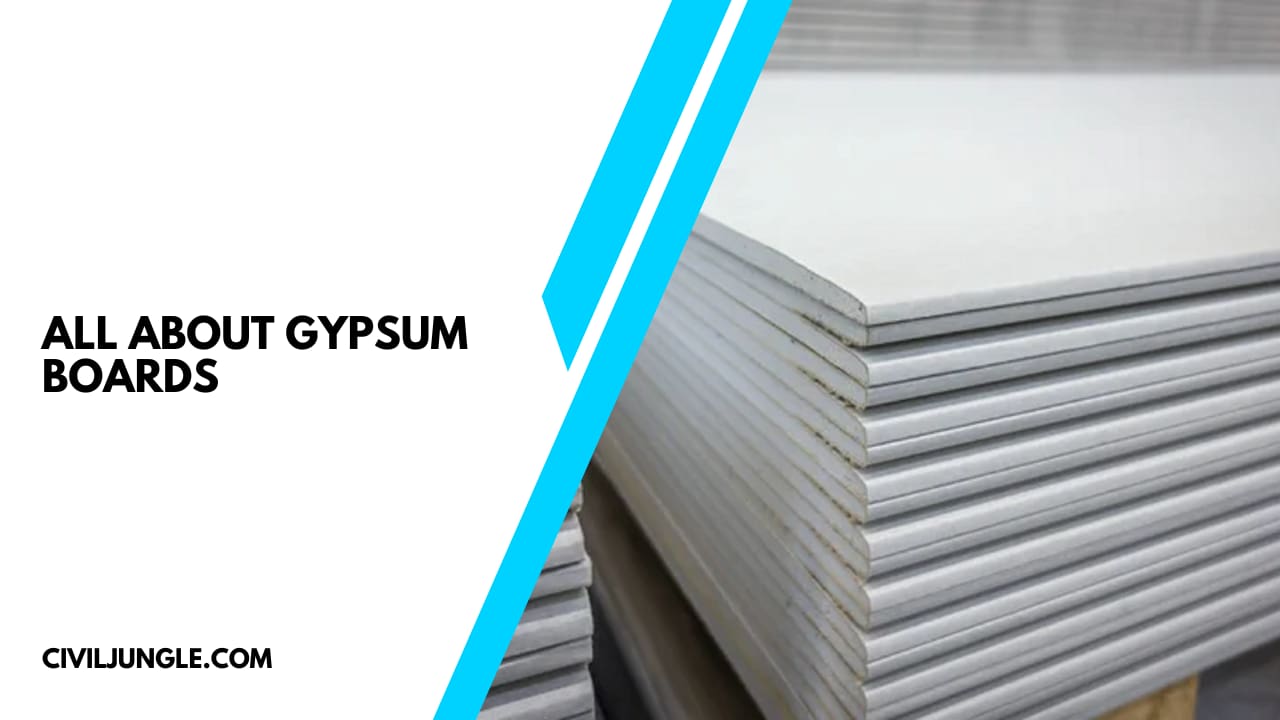
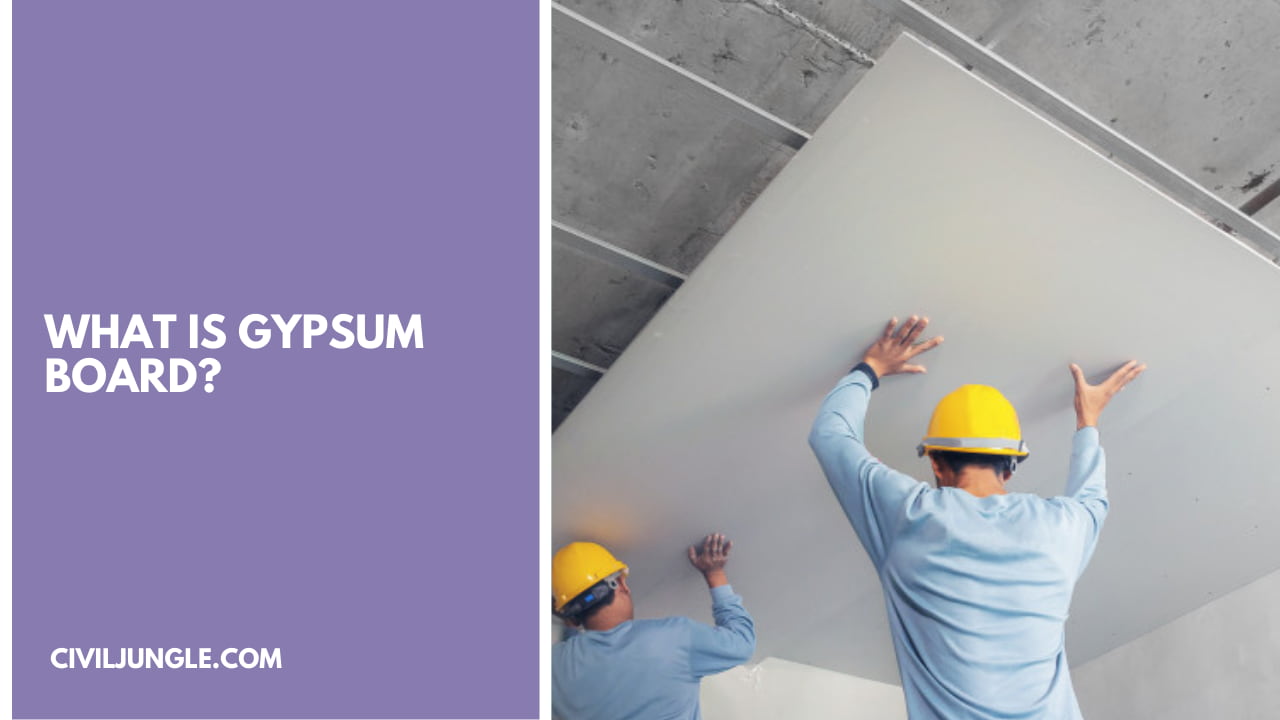
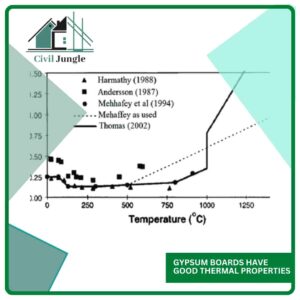
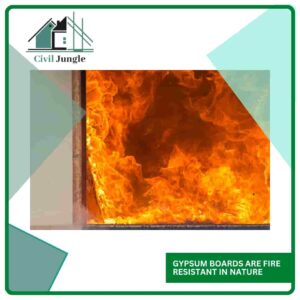
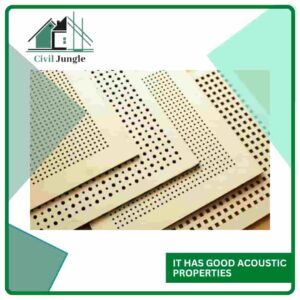
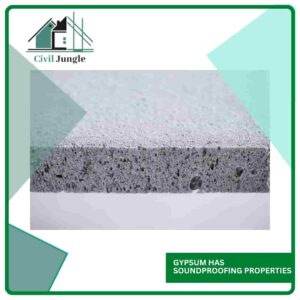
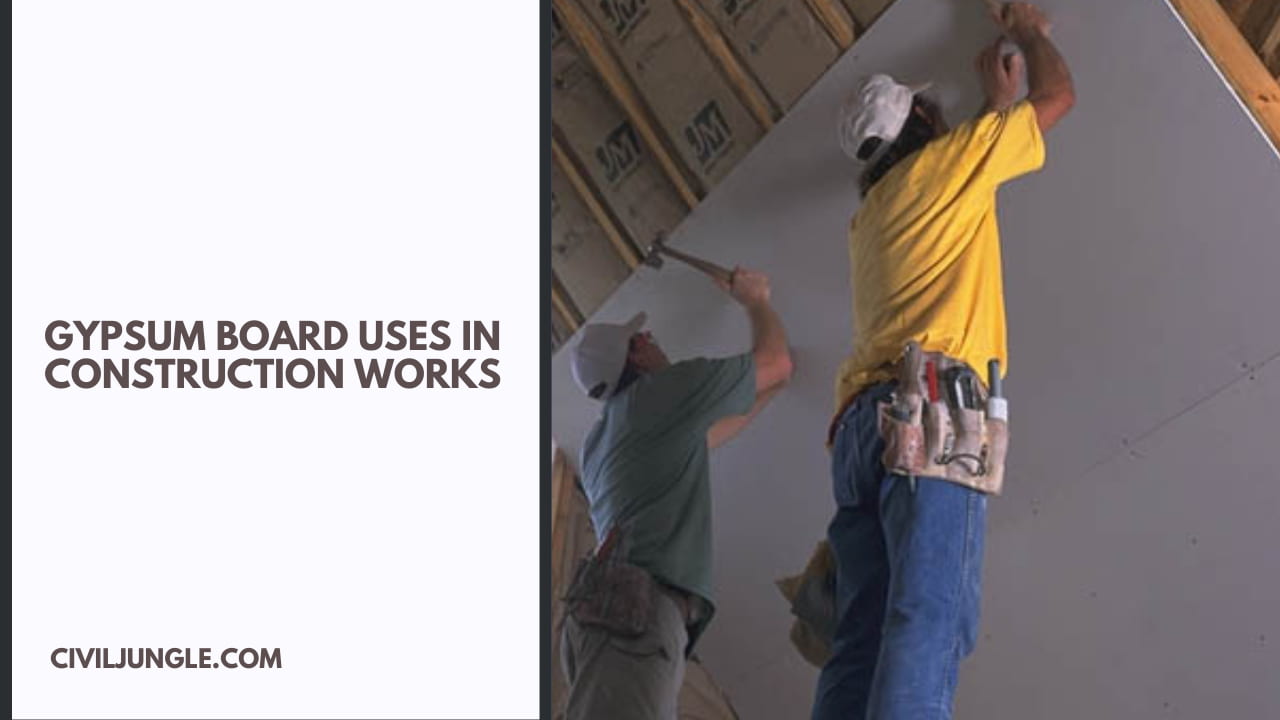
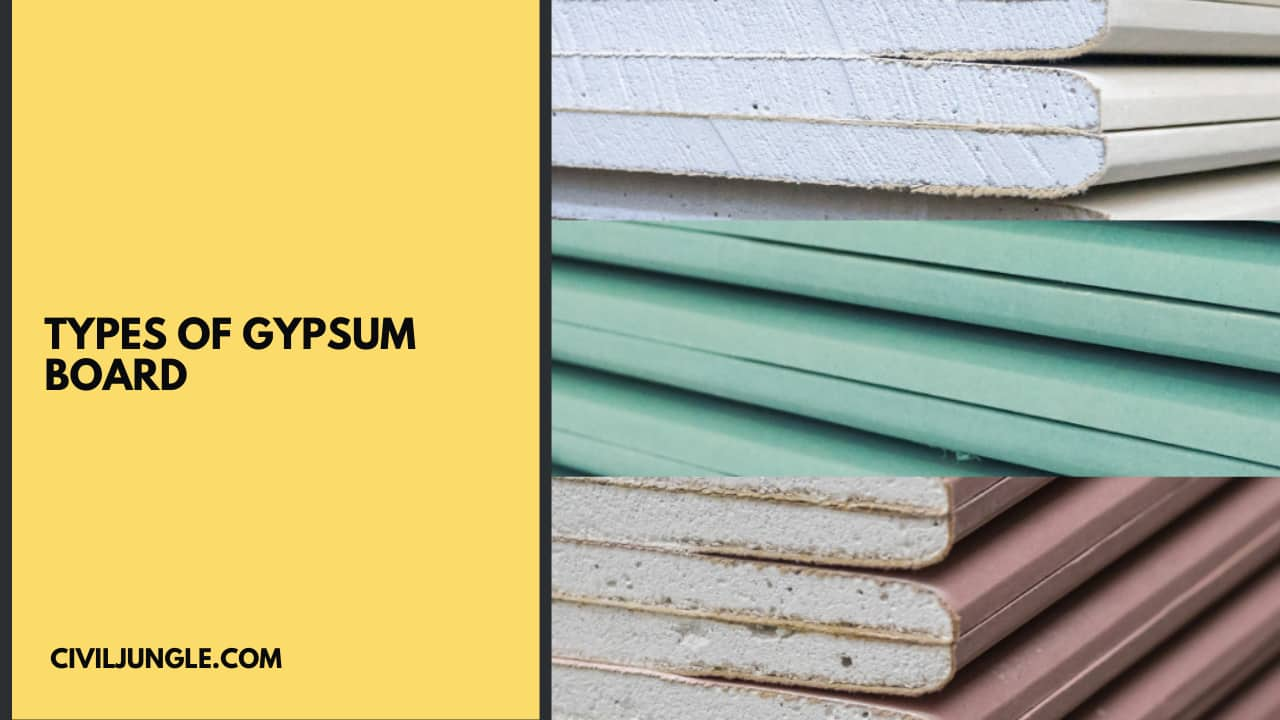
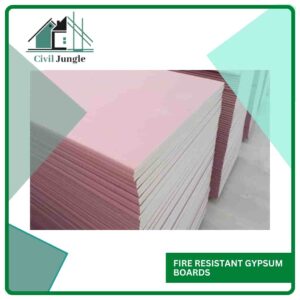
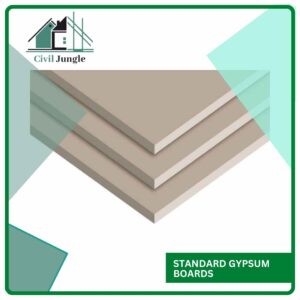
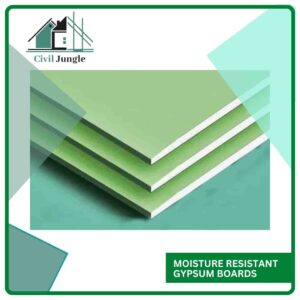
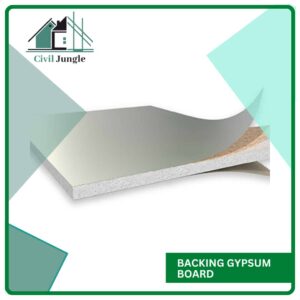
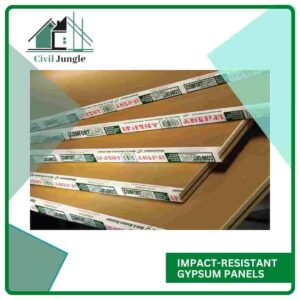

Leave a Reply